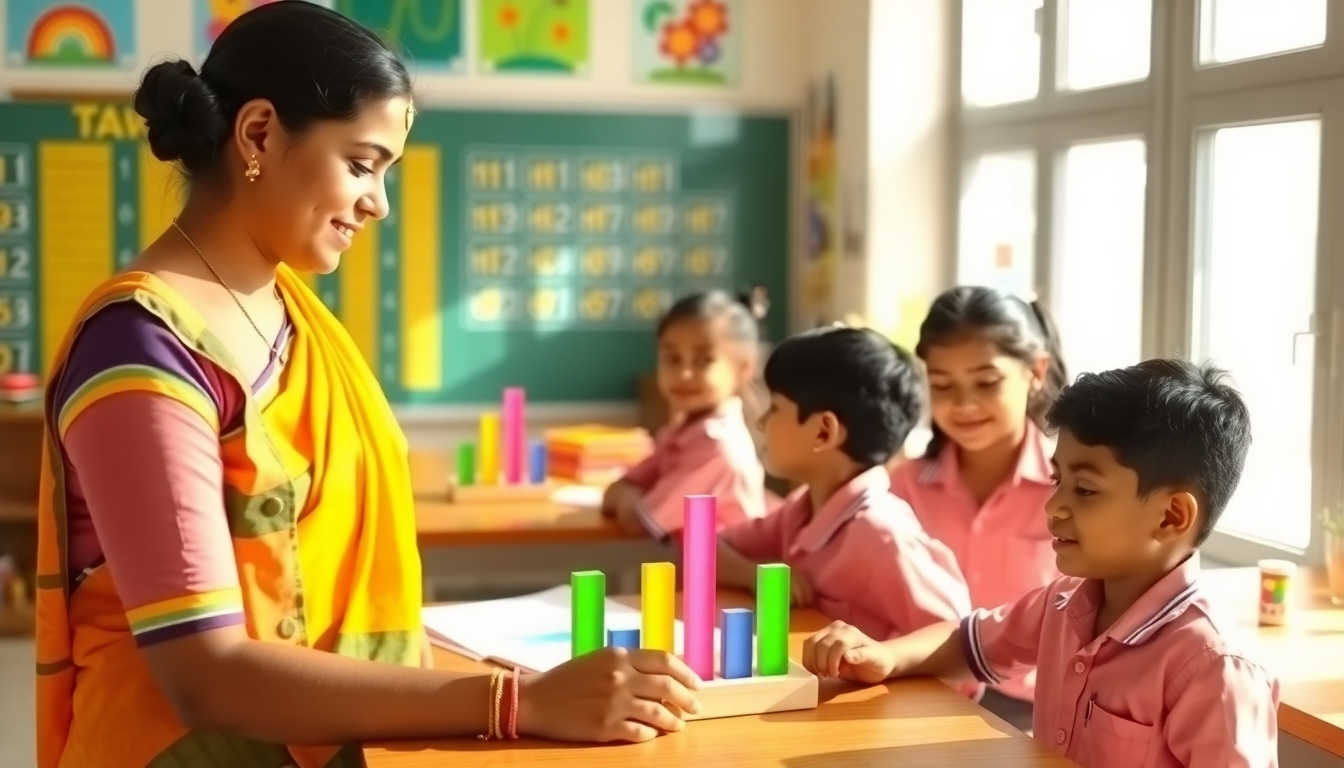Transforming Maths Learning: Strategies for Success in Classrooms

In Ms. Patel’s 7th-grade maths class in Vadodara, students fidget as she introduces fractions. “Why is maths so hard?” groans Arjun. Many students in Bharat feel this way, but at Tailwnd, we believe every child can excel in maths with the right strategies. Inspired by global evidence on effective teaching, Tailwnd’s Learning Science approach empowers teachers to make maths engaging and accessible. Here are four strategies to transform maths learning in Indian classrooms, using Tailwnd’s platform to spark curiosity and confidence.
1. Build on What Students Know
What to Do: Use assessments to uncover students’ strengths and gaps, tailoring lessons to their needs.
Why It Works: Connecting new concepts to existing knowledge boosts understanding. A 2023 Journal of Mathematical Education study found personalized lessons improve retention by 25%.
Example: If students know whole numbers, introduce fractions as parts of a monsoon rainfall chart (e.g., ½ of 100 mm). Use Tailwnd’s quiz tool to identify misconceptions, like adding numerators and denominators.
How: Start with Tailwnd’s diagnostic quizzes to map knowledge, then assign tasks like plotting fractions on a number line.
2. Use Visuals and Hands-On Tools
What to Do: Employ manipulatives (e.g., blocks) and representations (e.g., graphs) to make abstract ideas concrete.
Why It Works: Visuals reveal mathematical structures, aiding comprehension. A 2022 Educational Research study showed manipulatives increase engagement by 20%.
Example: Use counters to show ¾ as three parts of four, linking to ISRO’s satellite orbit fractions (e.g., ¾ of an orbit). Transition to Tailwnd’s digital number line for independent practice.
How: Integrate Tailwnd’s virtual manipulatives, like fraction bars, to explore concepts, ensuring tools are scaffolds, not crutches.
3. Teach Problem-Solving Strategies
What to Do: Guide students to tackle unfamiliar problems using strategies like diagrams or breaking tasks into steps.
Why It Works: Problem-solving builds reasoning and independence. A 2023 Learning Sciences study found strategy-focused teaching improves problem-solving by 22%.
Example: For a problem on monsoon water tank ratios, draw a bar model to compare volumes. Use Tailwnd’s worked examples to compare strategies, like ratio tables vs. equations.
How: Assign Tailwnd’s problem-solving tasks, encouraging students to explain their reasoning in discussion boards.
4. Foster Independence and Motivation
What to Do: Encourage metacognition—planning, monitoring, and evaluating thinking—through reflection and positive reinforcement.
Why It Works: Metacognition promotes self-regulation, reducing maths anxiety. A 2022 Educational Psychology study noted a 18% confidence boost with reflective practices.
Example: Ask, “How did you solve the tank problem? What could you try next?” Reward progress with Tailwnd’s badges for effort, like mastering ratio questions.
How: Use Tailwnd’s reflection prompts, like “What worked well?” to build habits, and share success stories to inspire.
Why It Matters
These strategies make maths a journey of discovery, not fear, equipping Bharat’s students for academic and real-world success. Tailwnd’s platform personalizes learning, while our teacher training empowers educators to create vibrant maths classrooms.
Your Turn: Which strategy will you try? Share below or tag @TailwndAI on X. Want Tailwnd’s tools in your school? Click here. Let’s make maths shine!





